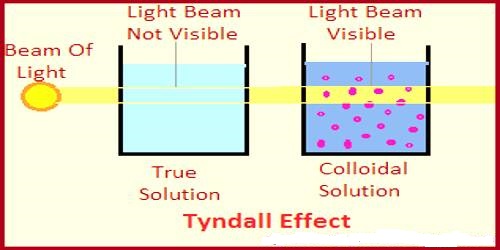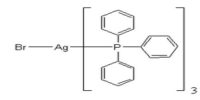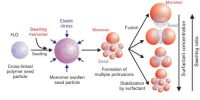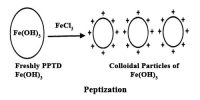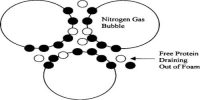Optical Property of Colloids
Colloids have some distinctive optical properties. The Tyndall phenomenon, named after Tyndall who extensively studied it, is attributed to scattering of light. If a narrow beam of sun’s rays is allowed to enter into a dark or semi-dark room the small dust particles floating in the air become visible when viewed at a right angle to the incident ray. One can easily see that the particles look like bright spots against the dark background of the room.
This brightness of the particles is due to scattering of light by the dust and the act as secondary sources of radiation. The phenomenon is known as Tyndall effect. This property of lyophobic colloids is utilized in the ultramicroscope, first advanced by Siedentop and Zsigmondy. The principle of the ultramicroscope is illustrated in the figure.
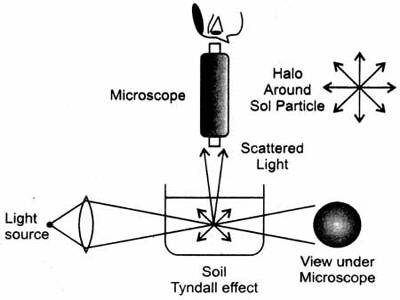
From an intense light source, the rays are passed through suitable lenses and a narrow slit. By the second set of convergent lenses, the rays are converged inside the colloid which is contained in an optical cell. The microscope is focused somewhere inside the cell in such a way that the rays scattered by the particles at a right angle to the direction of incident ray can enter the microscope and reach the eye of the observer. The particles of lyophobic colloid appear as bright spots to the observer’s eye against a dark background. If a clean true solution or a clean liquid is placed in the cell, nothing can be observed since particles large enough to scatter light are not present. Due to this scattering, the resolution of the microscope is increased many folds. In an ordinary high power microscope, the visibility limit is about 0.2μ (2mn) whereas in an ultramicroscopic particle as small as 0.01μ (10 nm) are visible. An ultramicroscope is a powerful tool for studying lyophobic colloid. An approximate idea of particle shape and size can be magic from the observations in the ultramicroscopic. Zsigmondy confirmed the Brownian movement by observing gold sol in his ultramicroscope. The colloidal particles executing intense Brownian motion appear like twinkling stars in the microscope field.
A somewhat modified apparatus, where there is provision for measuring the weak intensity of scattered rays by lyophilic colloids, is used for measurement of molecular masses of high polymers. The method is known as the light scattering method.
